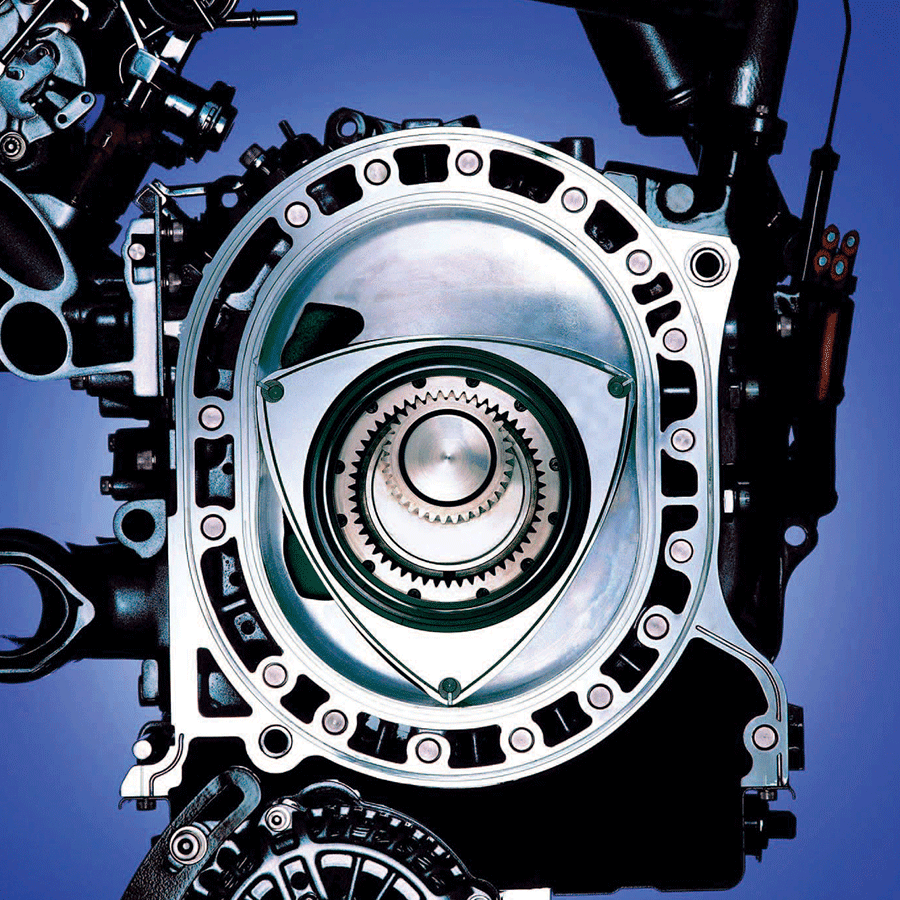
Mazda Announces Electrification and Connectivity Strategies for Cars That Invigorate Mind and Body
by Admin |
Mazda has announced Electrification and Connectivity strategies based on the company's long-term vision for technology development, "Sustainable Zoom-Zoom 2030". This Mazda mission to preserve the beauty of the earth and enrich society and individual lives, seeks solutions in the areas of people, society and the earth.
Under the Electrification Technologies, Mazda will strive to reduce carbon dioxide emissions and enhance the joy of driving by deploying compact, lightweight electrification technologies while further refining the internal combustion engine, forecast to be equipped in the majority of new cars for many years to come. The company will introduce electric vehicles as the optimal solution in regions that generate a high ratio of electricity from clean energy sources or restrict certain vehicle types to reduce air pollution.
- With a view to achieving a 90% reduction versus 2010 levels in its corporate average "well-to-wheel" carbon dioxide emissions by 2050, Mazda will deploy some form of electrification in all production vehicles by 2030.
- By 2030, Mazda expects that internal combustion engines combined with some form of electrification will account for 95% of the vehicles it produces and battery electric vehicles will account for 5%.
- In-house development of electric vehicles will leverage the advantages of electric drive systems. Guided by Mazda's unique human-centered development philosophy, the focus will be on human traits and sensibilities.
- Mazda will develop two battery electric vehicles. One powered solely by battery and another that pairs a battery with a newly developed range extender powered by Mazda's small, lightweight and exceptionally quiet rotary engine. The range extender will recharge the battery when necessary, effectively increasing the vehicle's driving range.
- The concept behind the rotary-powered range extender was to leverage the rotary engine's small size and high power output to make multiple electrification technology solutions possible via a shared packaging layout.
- Taking advantage of the rotary engine's compatibility with gaseous fuels, the rotary-powered range extender design also burns liquefied petroleum gas and provide a source of electricity in emergencies.
In line with its human-centered development philosophy, Mazda will develop Connectivity Technologies that offer an enriching experience of the joy of life, connecting people by facilitating the sharing of experiences and feelings through cars. By offering this new value together with the joy of driving, Mazda aims to inspire people and enrich society.
- Connecting people and society through connectivity technologies, Mazda will contribute to the resolution of social issues, such as the weakening of interpersonal connections that has accompanied changes in society.
- By linking connectivity with model-based development and reflecting the results in future product development, Mazda aims to improve quality and customer satisfaction.
- Leverage the alliance with Toyota Motor Corporation in the development of connectivity technologies.
In the spirit of 'Never Stop Challenging', Mazda has seized the opportunity to explore new trends and technologies in connectivity, autonomy, sharing and electrification for creating cars that are even more attractive. Using new technologies built on the company's unique human-centered development philosophy; Mazda will continue to pursue the joy of driving and work to create an even deeper emotional connection with customers through car ownership.






